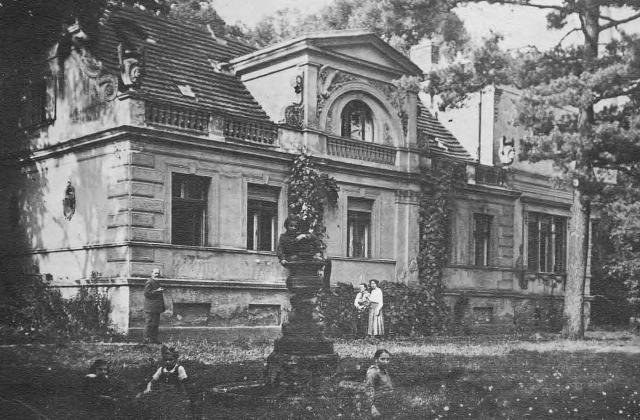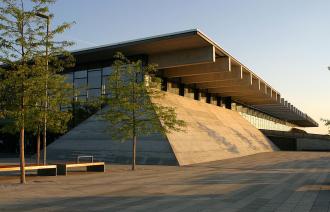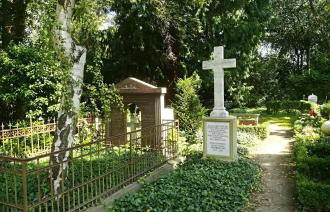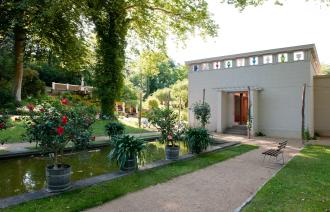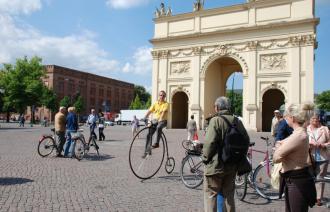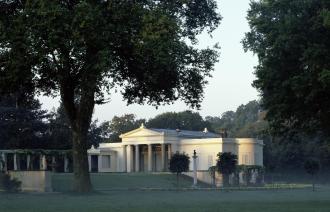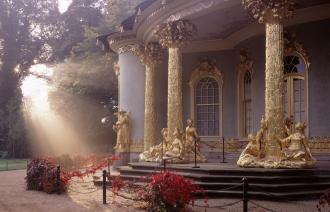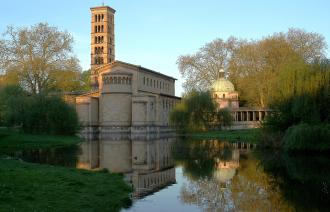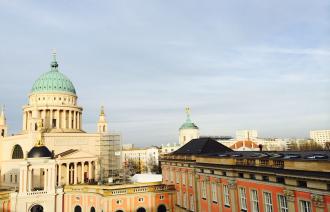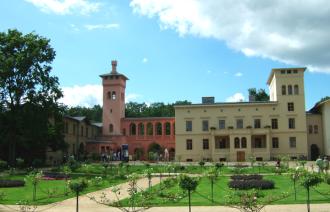Sights
The city of Potsdam is nestled in a unique cultural landscape that has been shaped over centuries. This includes the world-famous palaces and gardens, which enjoy UNESCO World Heritage status. Potsdam’s cityscape is characterized by its historic quarters and city gates. Since 1990, numerous new attractions have emerged, such as the Volkspark (Peoples Park), the cultural and creative quarter in Schiffbauergasse, the Barberini Museum in direct proximity to the new Brandenburg state parliament, and the art gallery DAS MINSK.
The unique atmosphere of historic buildings, attractive new constructions, and especially the UNESCO World Heritage sites can be experienced on guided tours or sightseeing trips by bus, bike, or boat on the Havel River. Tourist services and information are provided by PMSG Potsdam Marketing und Service GmbH.
Potsdam’s most famous landmark, Sanssouci Palace, along with its namesake park featuring numerous palaces, the New Garden with the Marble Palace and Cecilienhof Palace, as well as Babelsberg Park with its castle, Flatow Tower, and Court Arbor, fall under the administration of the Prussian Palaces and Gardens Foundation Berlin-Brandenburg.

